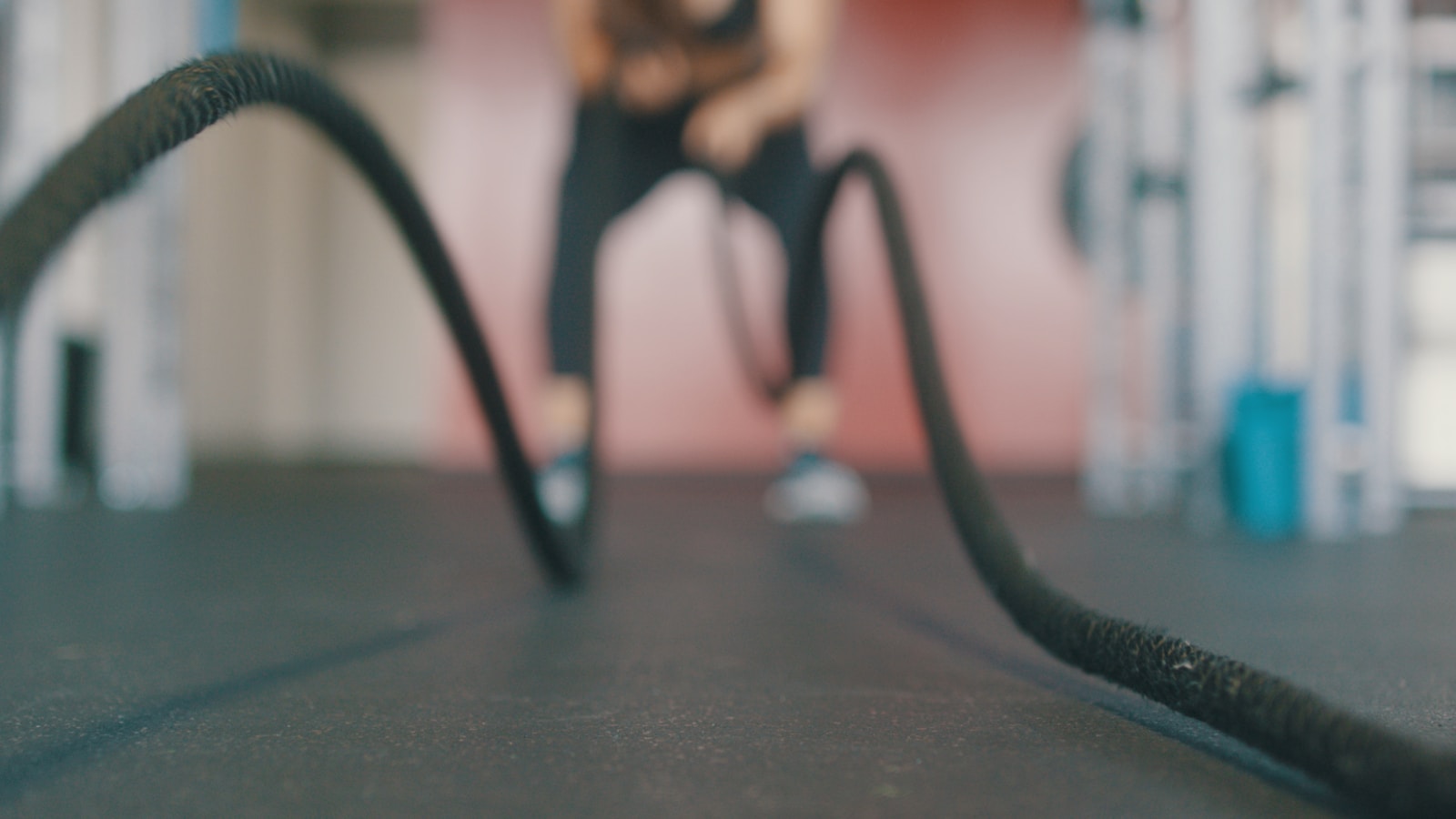High-Intensity Interval Training, commonly abbreviated as HIIT, has gained substantial attention and popularity in the fitness world for its purported benefits, especially in the realm of cardiovascular health. This training methodology involves short bursts of intense exercise followed by a period of rest or lower-intensity exercise. The cycle is repeated several times throughout a workout session, typically lasting from 20 to 30 minutes. This article delves deep into the pros and cons of HIIT, particularly focusing on its impact on cardiovascular fitness. Introduction to HIIT HIIT is characterized by its intensity and short duration, which contrasts with traditional endurance training methods such as steady-state cardio where the intensity is lower but sustained over a longer period. The allure of HIIT lies in its efficiency and effectiveness, appealing to those with limited time who wish to achieve significant health and fitness results.
What Does a Typical HIIT Session Look Like?
A typical HIIT session may include sprints, stationary bike work, jump rope, or circuit training involving weights. The intense phases last from 20 seconds to several minutes, pushing participants to 80-95% of their maximum heart rate, followed by recovery periods of mild activity or complete rest.
Customizing Your HIIT Routine
For those new to HIIT, starting with a 1:2 work-to-rest ratio is advisable. For example, 30 seconds of intense exercise followed by 1 minute of rest. As your fitness improves, you can reduce the rest period or increase the intensity of the work intervals. Personalizing your HIIT routine ensures it aligns with your fitness level and goals.
Benefits of HIIT for Cardiovascular Fitness
Improved Cardiovascular Health
One of the primary benefits of HIIT is the enhancement of cardiovascular health. Research indicates that high-intensity training can improve the size and function of the heart, particularly the left ventricle, which is responsible for pumping oxygenated blood throughout the body. This adaptation allows the heart to pump more blood per beat, enhancing overall cardiovascular efficiency.
Efficiency in Time Management
For those pressed for time, HIIT is an effective solution. Studies suggest that HIIT can yield the same or better improvements in cardiovascular fitness in less time compared to traditional endurance workouts. This makes HIIT particularly attractive for busy individuals who find it challenging to fit lengthy exercise sessions into their schedules.
Increased Metabolic Rate Post-Exercise
HIIT sessions help increase the metabolic rate for hours after exercise, a phenomenon known as ‘excess post-exercise oxygen consumption’ (EPOC). This results in additional calories being burned even after the workout has ended, which can contribute to body fat reduction and increased muscle mass over time.
Additional Benefits of HIIT
Enhanced Insulin Sensitivity
Regular participation in HIIT can improve insulin sensitivity, which is crucial for regulating blood sugar levels. A study conducted on individuals with type 2 diabetes showed significant improvements in insulin sensitivity after just a few weeks of consistent HIIT sessions.
Boosted Mental Health
HIIT has been linked to mental health benefits, including reduced symptoms of depression and anxiety. The intense bursts of activity release endorphins, often referred to as ‘feel-good’ hormones, which can lead to improved mood and overall mental well-being.
Versatility and Minimal Equipment
One of the appealing aspects of HIIT is its versatility. Many HIIT workouts require minimal to no equipment, making it accessible for home workouts. Exercises like burpees, mountain climbers, and jumping jacks can be performed anywhere, reducing barriers to exercise.
Challenges and Considerations in HIIT
Risk of Injury
Due to its high-intensity nature, HIIT carries a higher risk of injury compared to other forms of exercise. The rapid and intense bursts of activity can lead to muscle strains, sprains, or even more serious injuries if not performed correctly or without proper warm-up.
Cardiovascular Stress
HIIT is very demanding on the cardiovascular system. While this is beneficial for stimulating adaptation and improvement, it can also be risky for individuals with existing heart conditions or those who are significantly detrained. It is crucial for these individuals to consult with a healthcare provider before beginning a HIIT regimen.
Potential for Overtraining
The intense nature of HIIT can also lead to overtraining if not adequately balanced with rest and recovery days. Symptoms of overtraining include prolonged fatigue, decreased performance, and increased vulnerability to infections.
Making HIIT Work for You
Appropriate Implementation
For beginners, it is essential to start slowly with HIIT by incorporating shorter and less intense intervals and gradually increasing the intensity as fitness levels improve. Additionally, including a variety of exercises can help prevent overuse injuries.
Balancing HIIT with Other Forms of Exercise
Integrating HIIT with other forms of exercise, such as strength training and flexibility routines, can provide a balanced fitness program that reduces injury risks and enhances overall physical health.
Monitoring Progress and Health
It’s important for individuals to monitor their progress and listen to their bodies. Adjustments to the workout intensity, duration, and frequency are crucial to prevent overtraining and promote long-term fitness and health.
Advanced Strategies for HIIT Success
Periodization in HIIT
Periodization involves structuring your training into cycles of varying intensity and volume. This approach can prevent plateauing and overtraining. For example, alternating between high-intensity weeks and lower-intensity recovery weeks can help maintain motivation and progress.
Nutrition and Recovery
Fueling your body with the right nutrients before and after HIIT sessions can significantly impact performance and recovery. Consuming a balanced meal with carbohydrates and proteins before a workout can provide energy, while a post-workout meal aids muscle repair.
HIIT for Different Age Groups
HIIT can be adapted for various age groups, each with specific considerations. For older adults, lower-impact exercises like brisk walking or cycling can be incorporated, ensuring the intensity is appropriate for their fitness level and health status.
Common Mistakes and How to Avoid Them
Skipping Warm-Ups and Cool-Downs
Neglecting warm-ups and cool-downs is a common mistake in HIIT. A proper warm-up prepares the muscles and cardiovascular system, reducing injury risk. Similarly, cooling down helps the body return to its resting state.
Ignoring Rest and Recovery
Rest days are crucial to allow the body to repair and adapt. Overlooking rest can lead to burnout and diminish performance. Incorporating active recovery, such as light walking or stretching, can be beneficial.
Focusing Solely on Cardio
While HIIT is excellent for cardiovascular fitness, neglecting strength training can lead to muscle imbalances and reduce overall fitness. Including some resistance exercises in your routine can enhance strength and stability.
Real-life Examples and Case Studies
Case Study: Busy Professionals
A group of busy professionals participated in a 12-week HIIT program, conducting three sessions per week. Despite their tight schedules, they reported significant improvements in cardiovascular fitness and energy levels, highlighting HIIT’s efficiency.
Real-life Success Stories
John, a 45-year-old father of two, incorporated HIIT into his routine to manage his weight and improve heart health. Within months, he not only lost weight but also reported improved blood pressure and cholesterol levels, underscoring the cardiovascular benefits of HIIT.
Future Trends in HIIT
Technological Integration
The rise of fitness technology has made HIIT more accessible, with apps offering guided sessions and progress tracking. Wearable devices can monitor heart rates and caloric expenditure, providing valuable insights to optimize workouts.
HIIT in Group Settings
Group HIIT classes are gaining popularity, offering a sense of community and motivation. These classes often provide varied workouts, ensuring participants remain engaged and challenged.
HIIT offers numerous benefits for cardiovascular fitness, notably in improving heart health and efficiency, and in promoting fat loss through increased metabolic rates post-exercise. However, the risks associated with high-intensity workouts, such as a higher potential for injury and cardiovascular stress, cannot be overlooked. Proper implementation and a balanced approach to fitness can help individuals reap the benefits of HIIT while minimizing its drawbacks.




